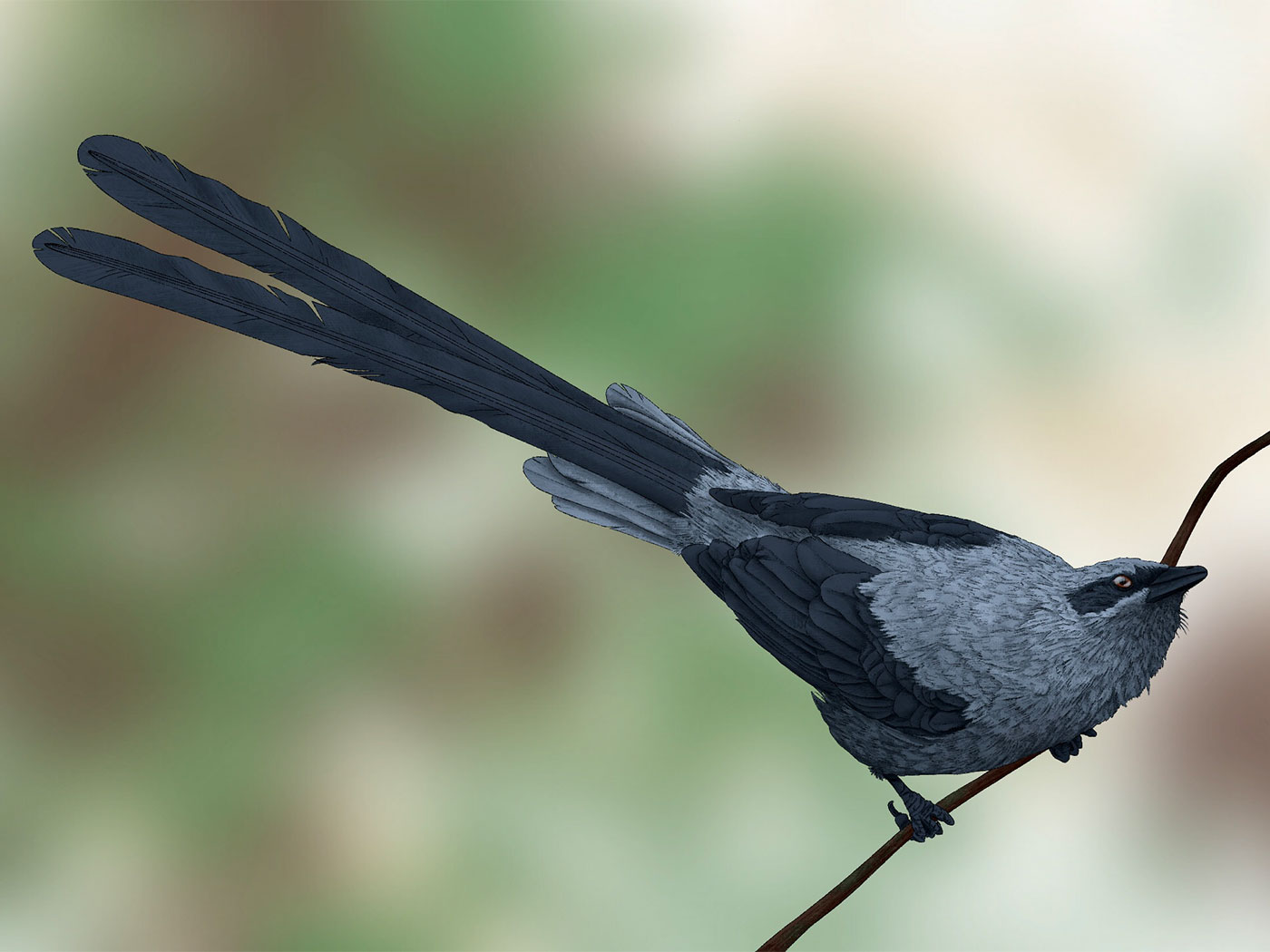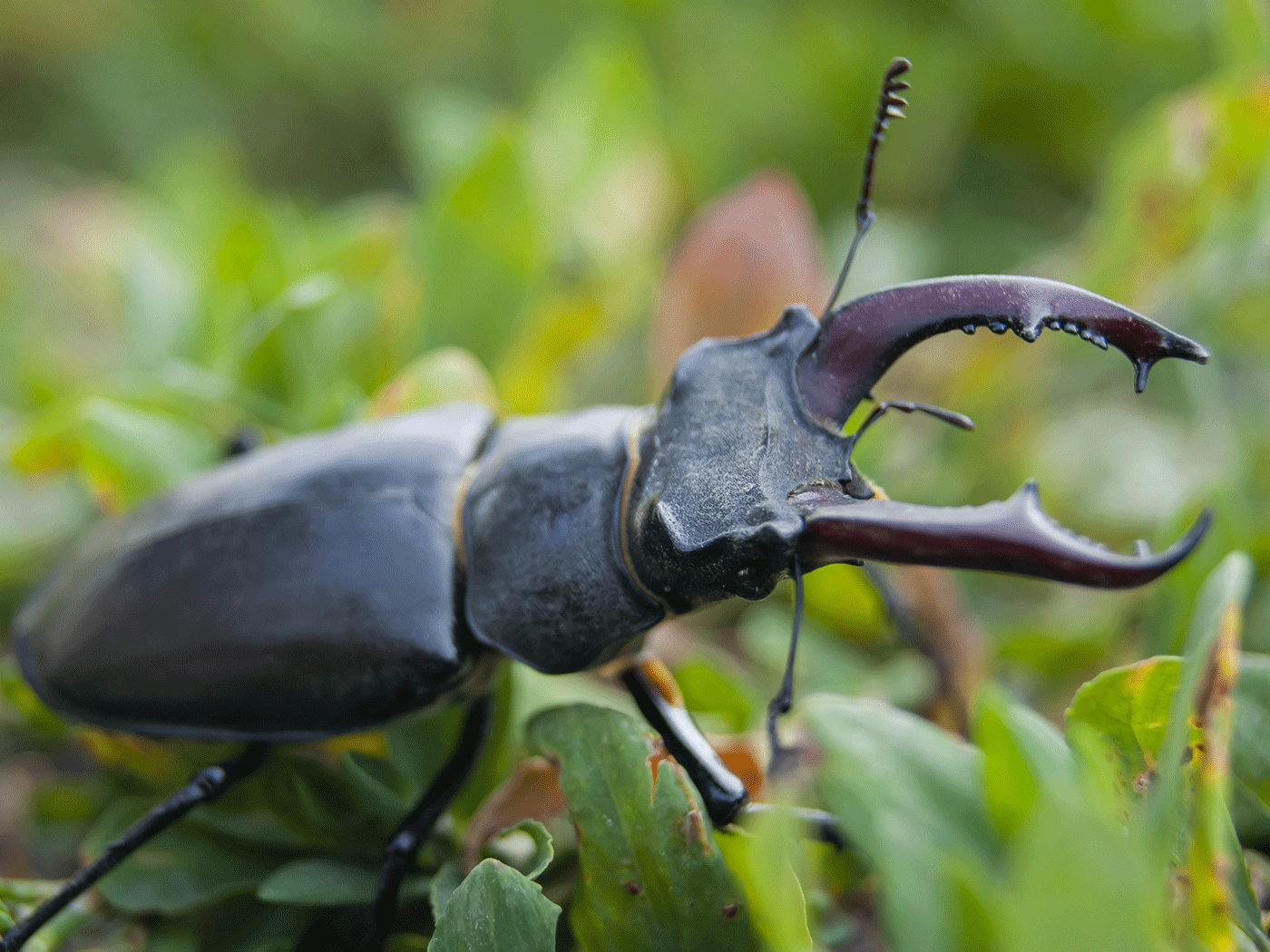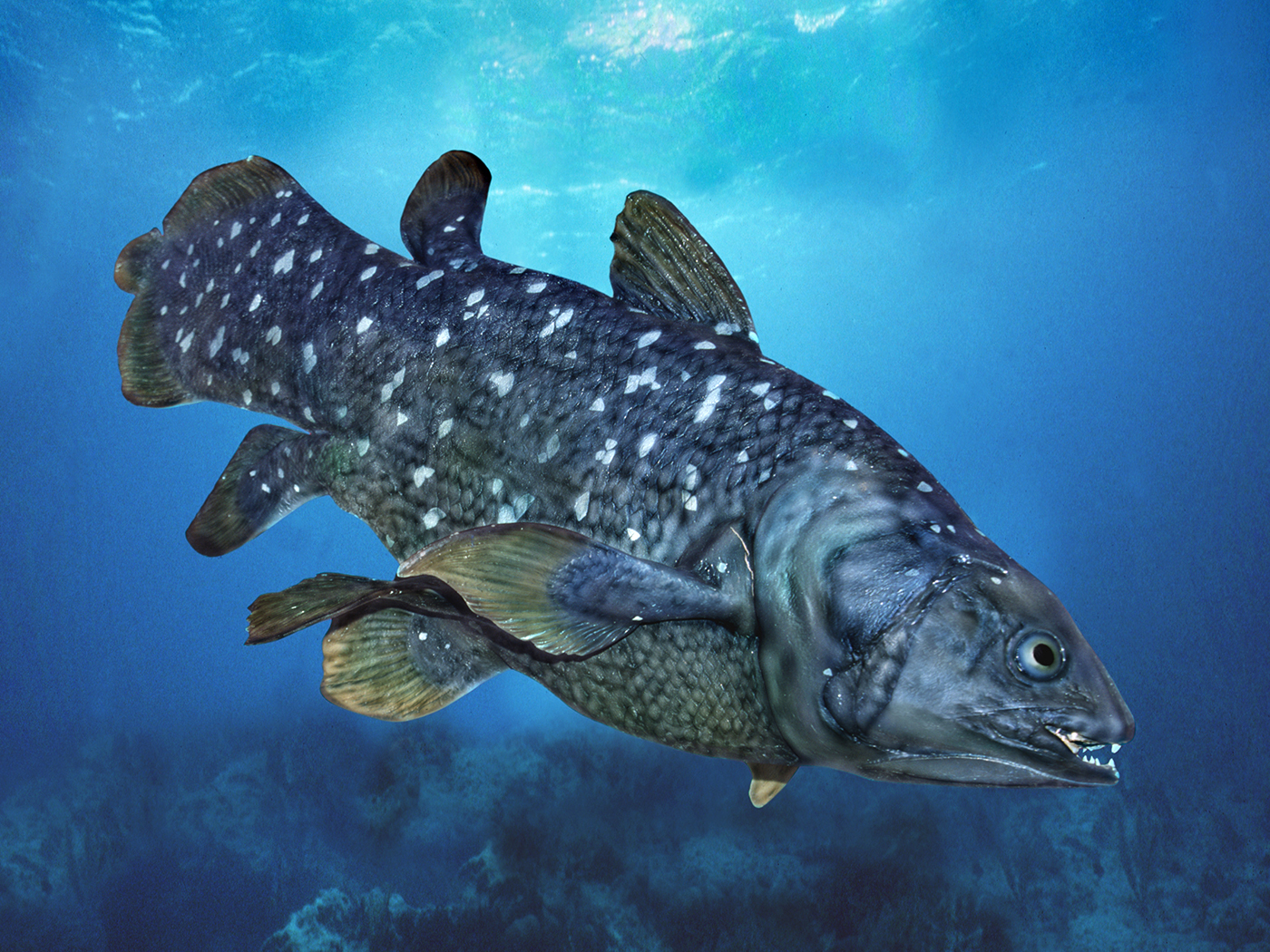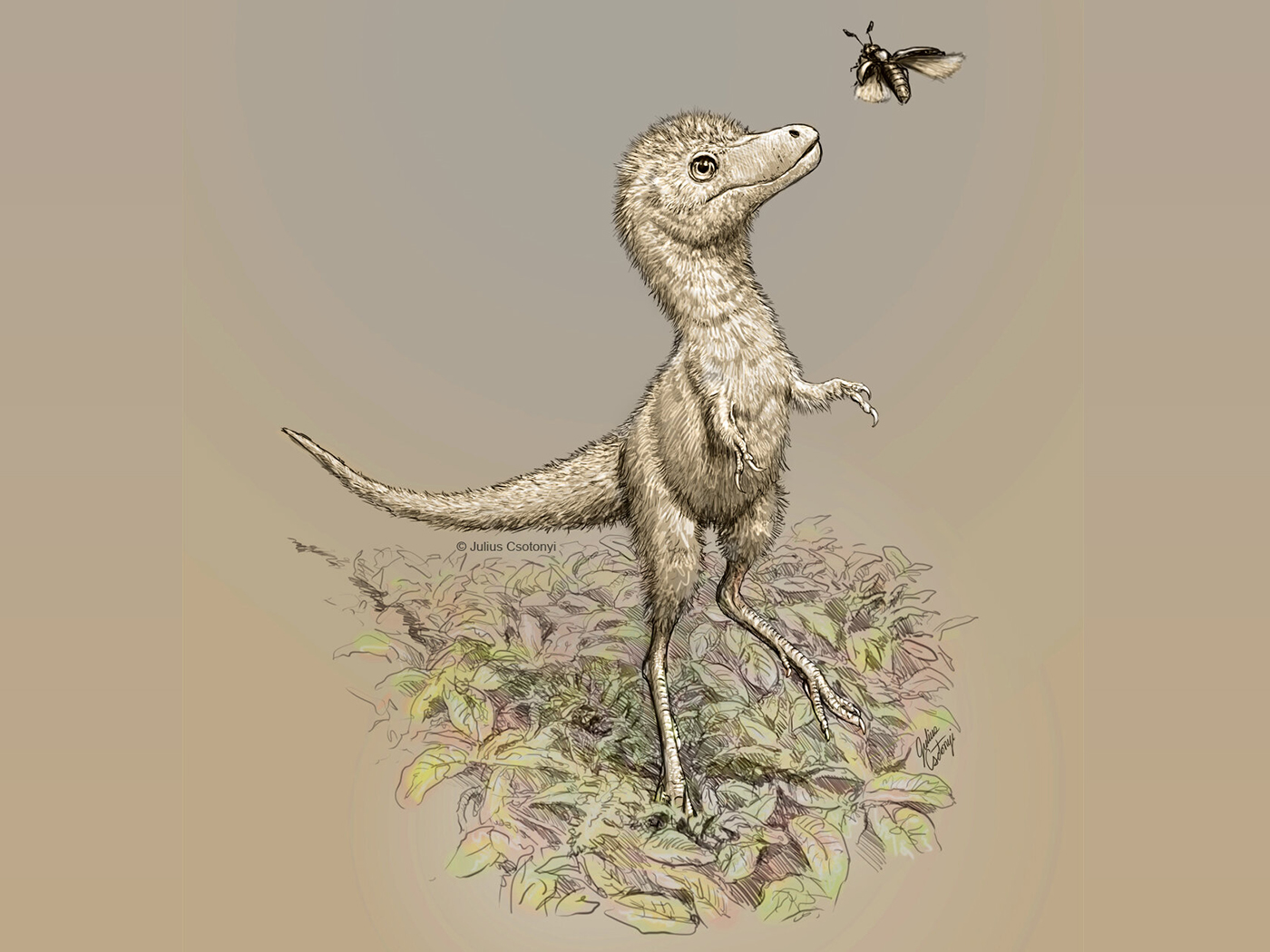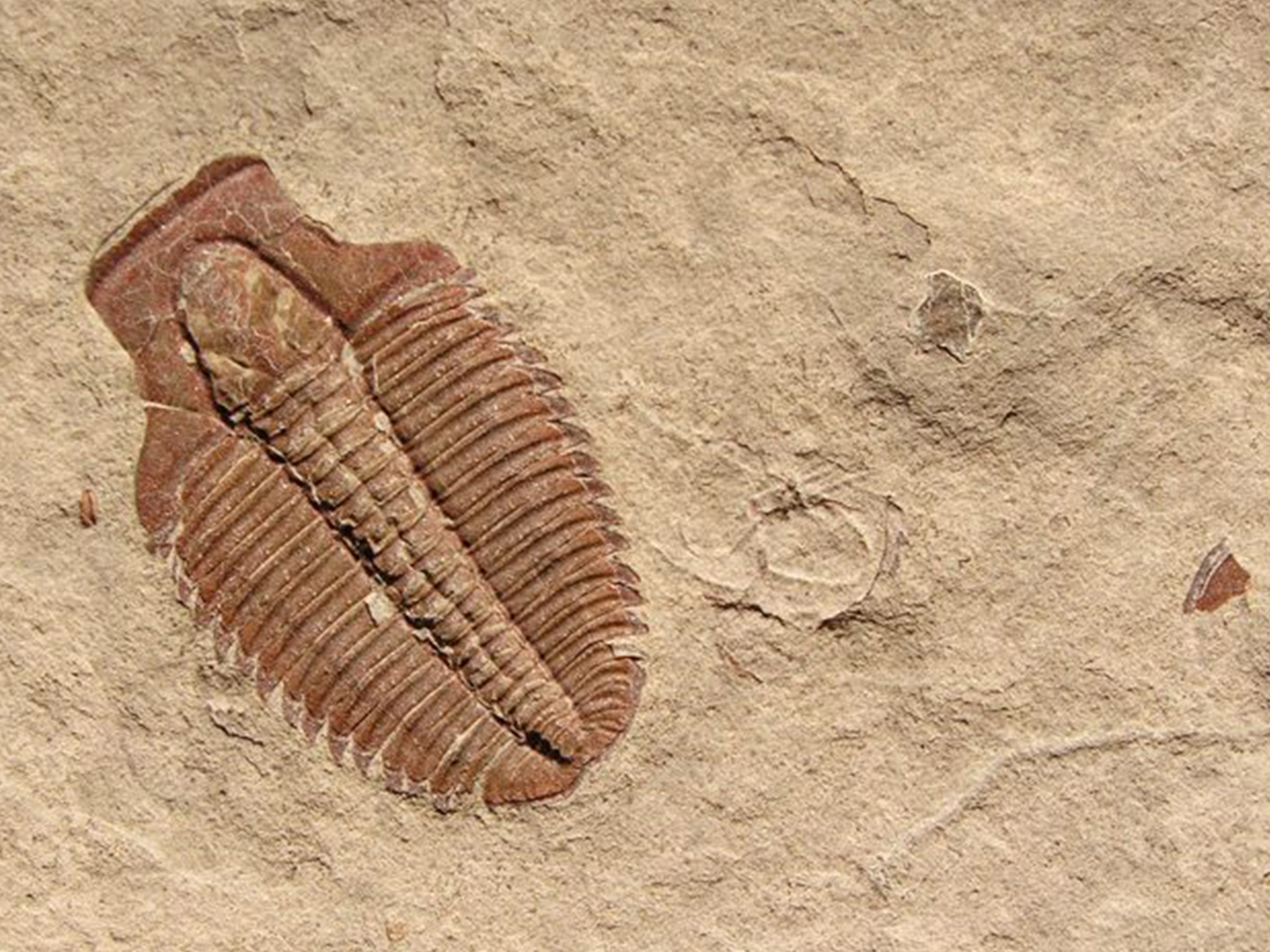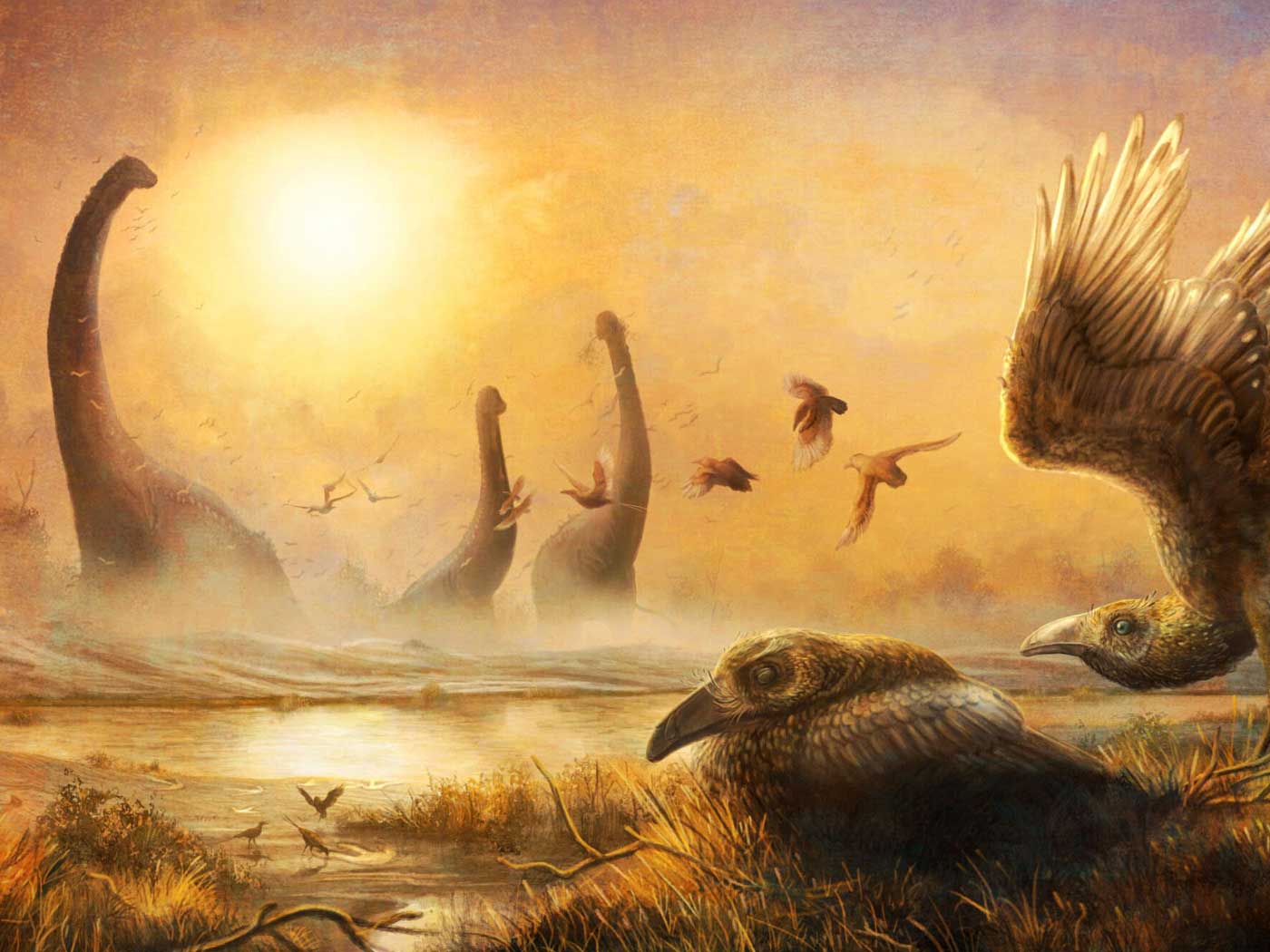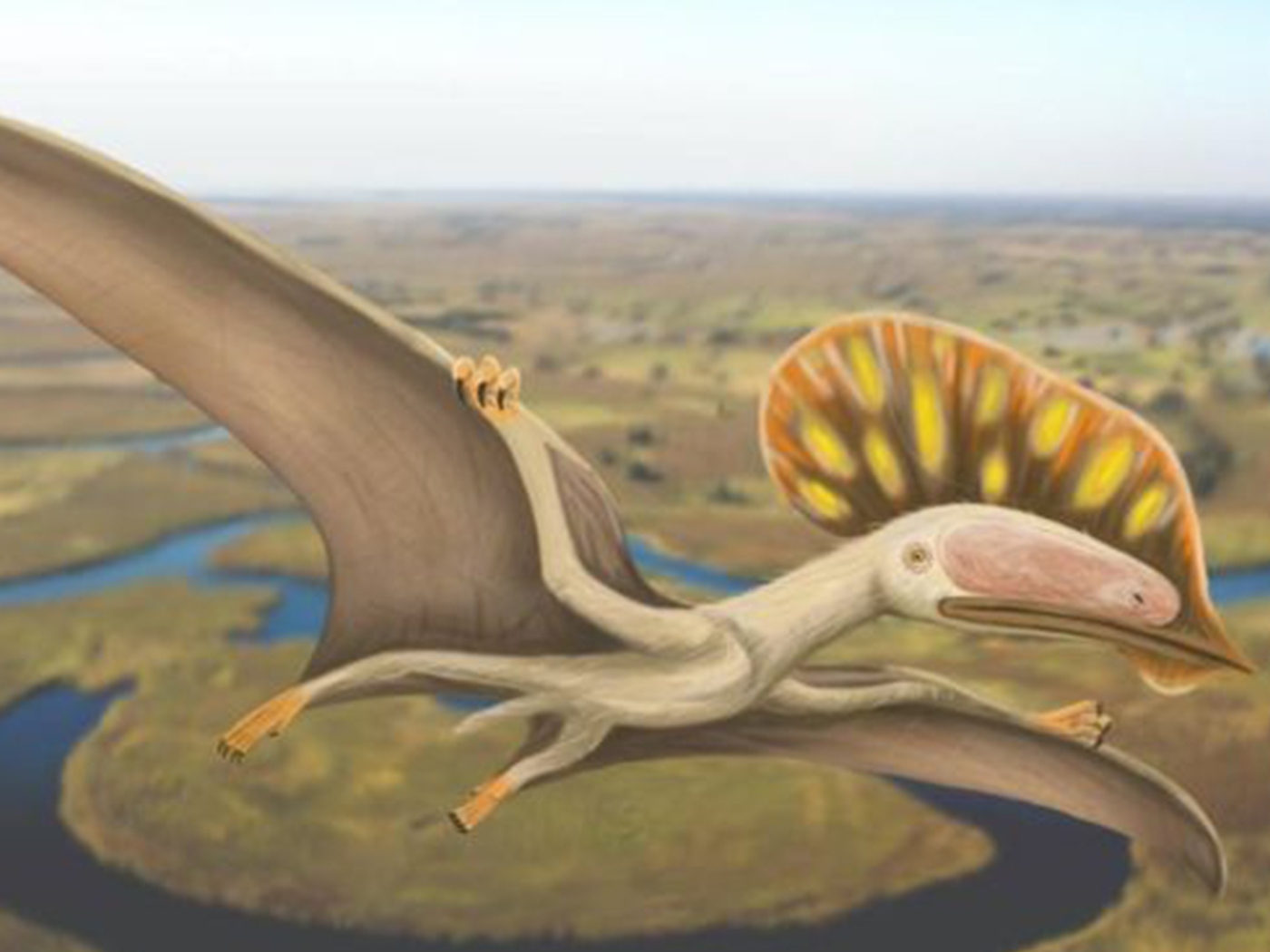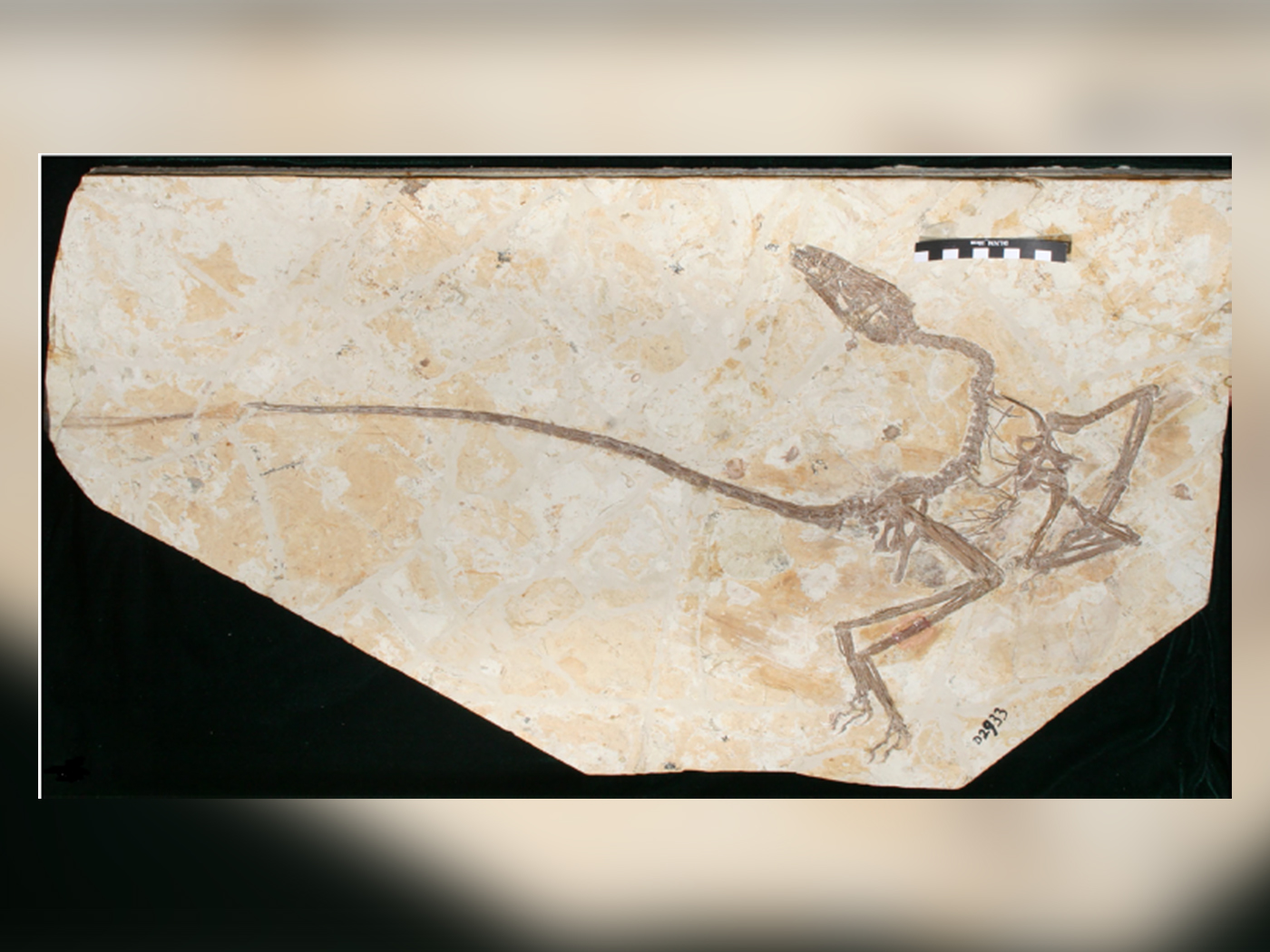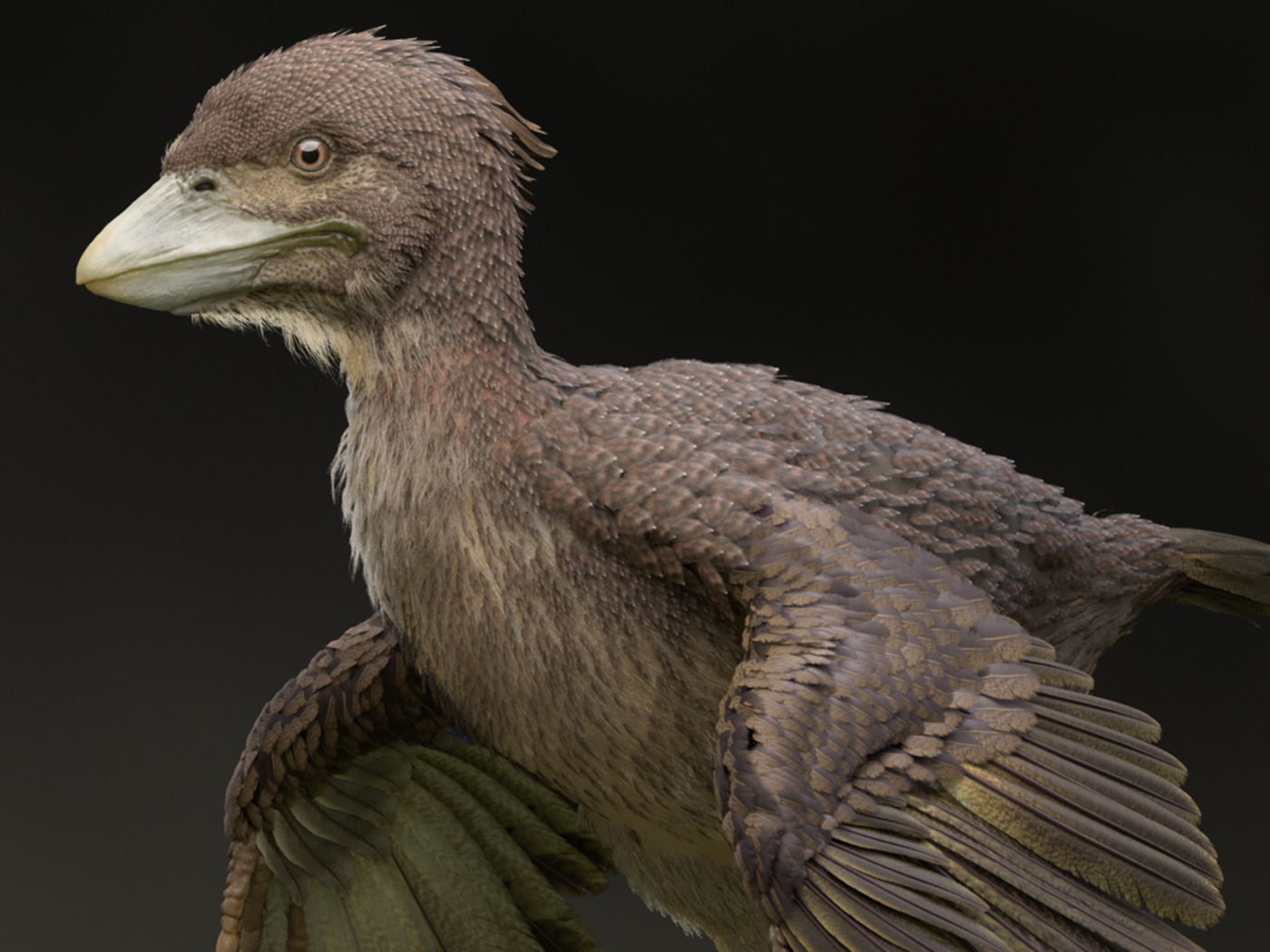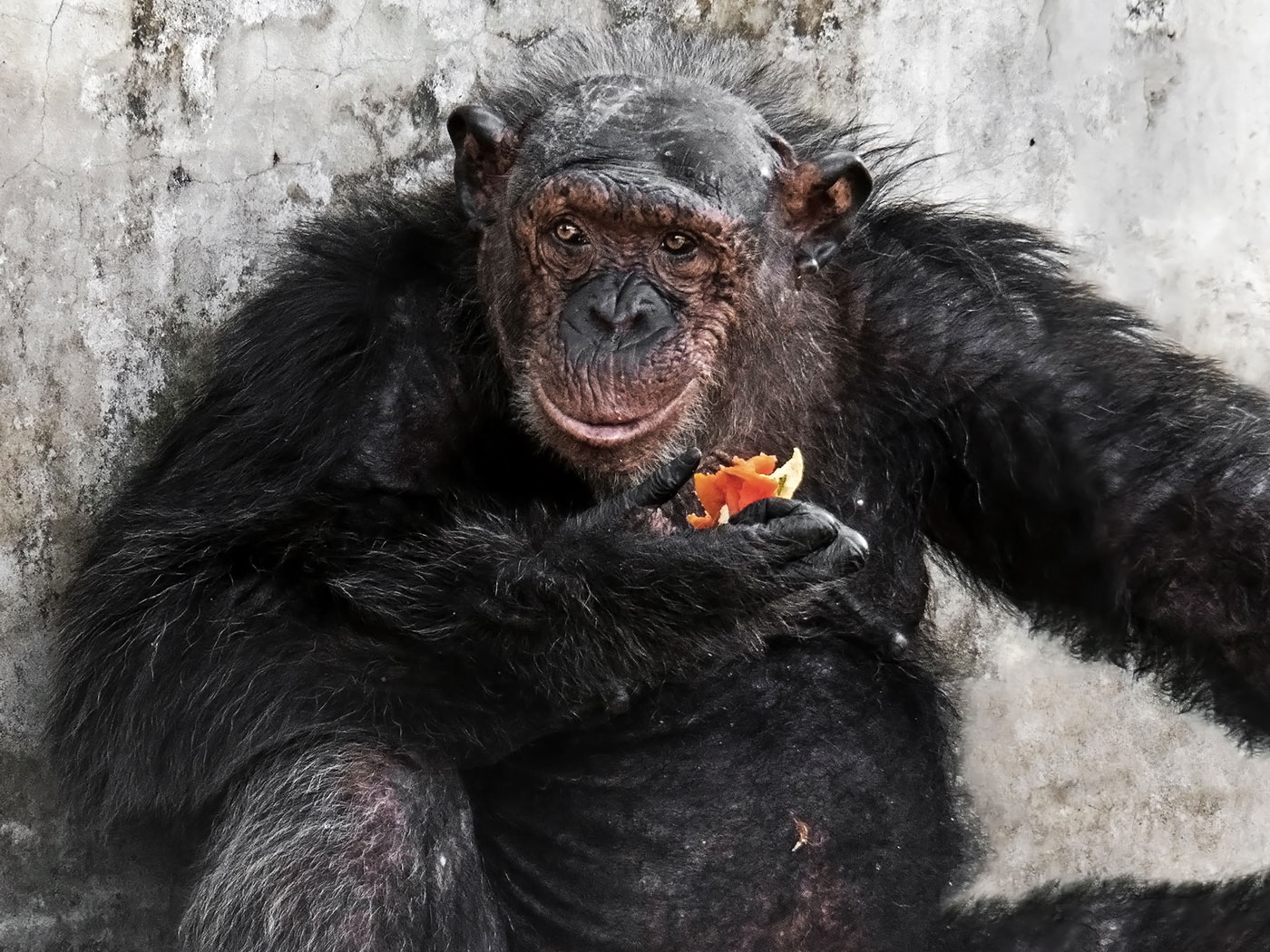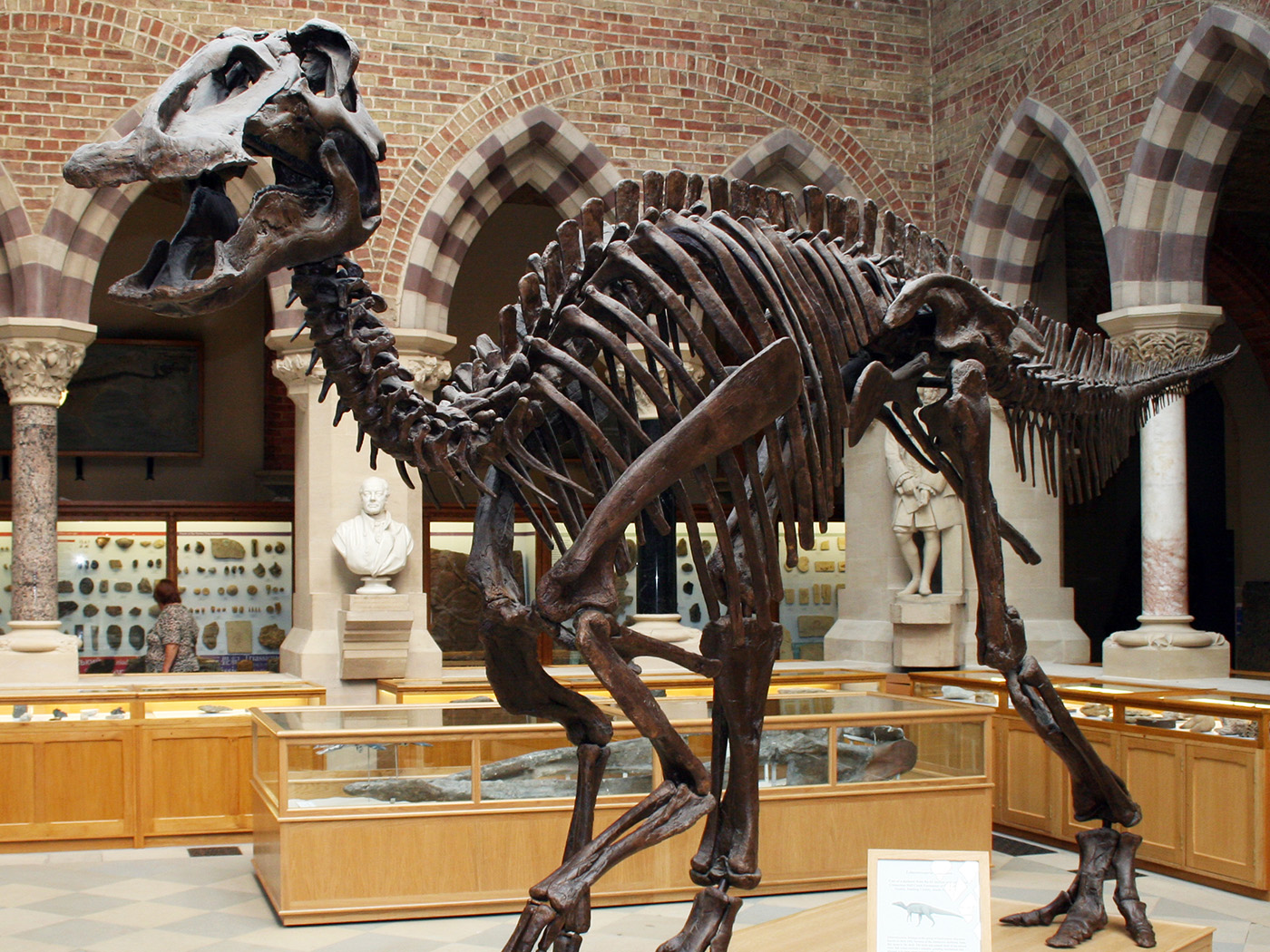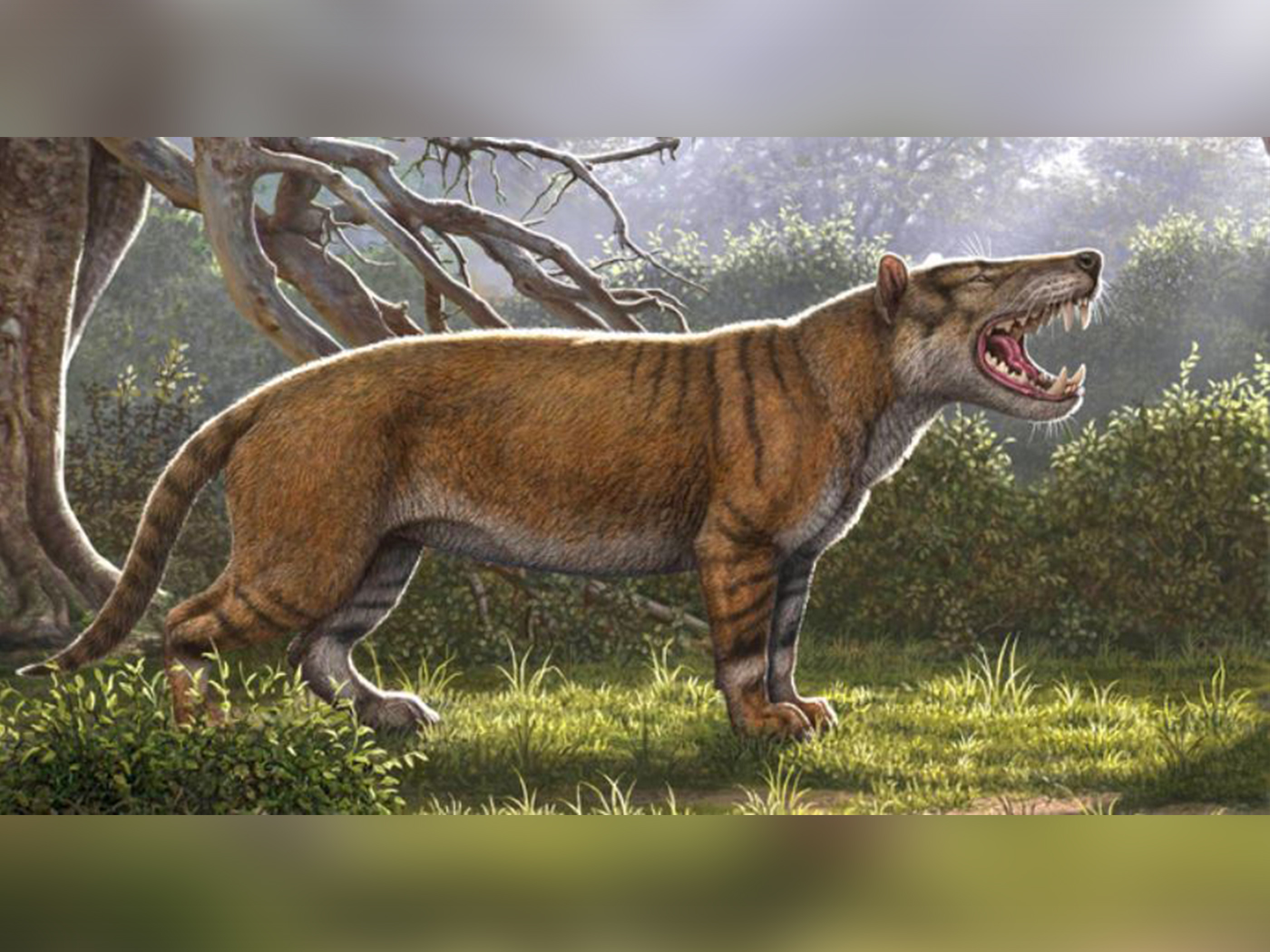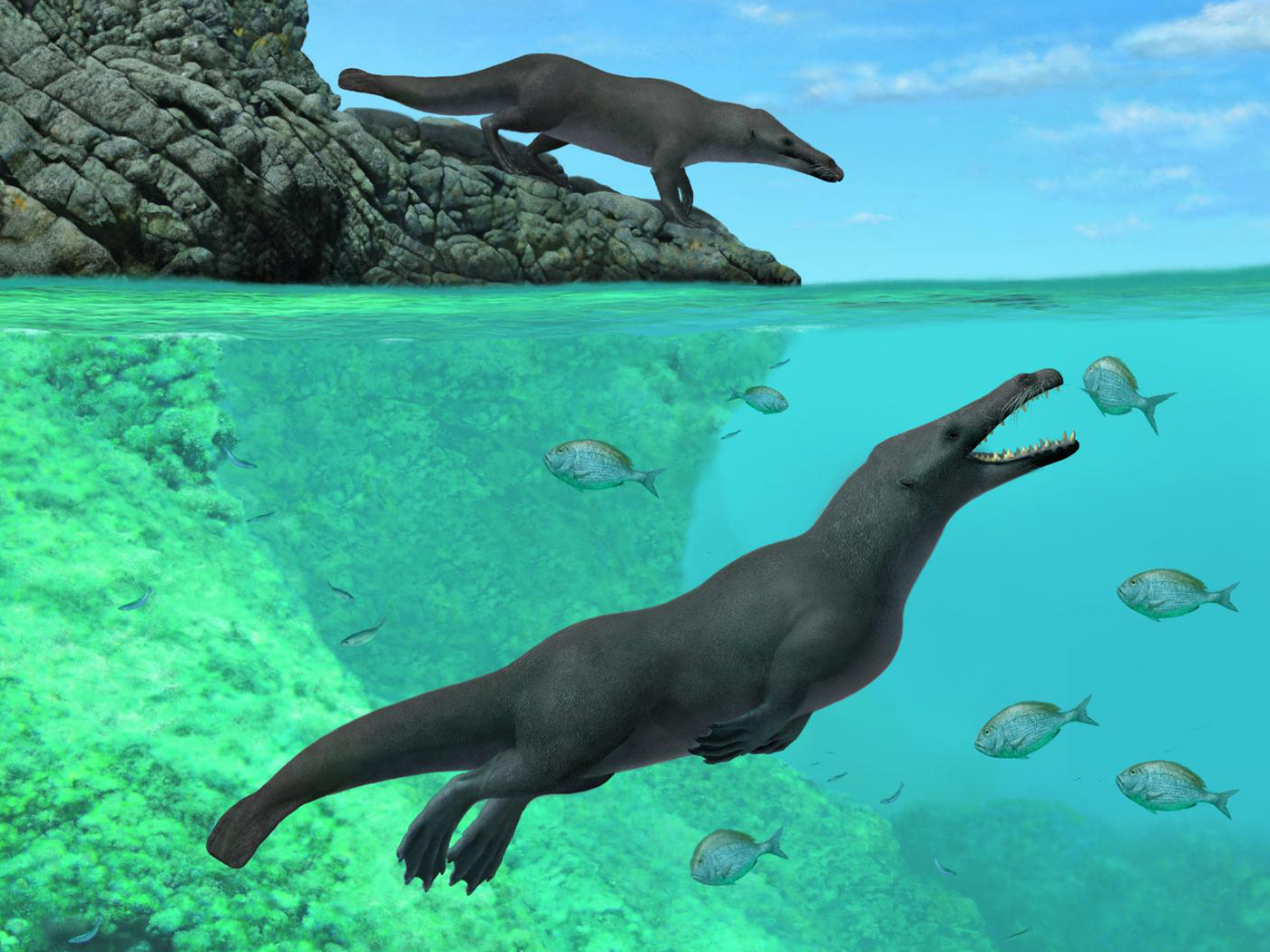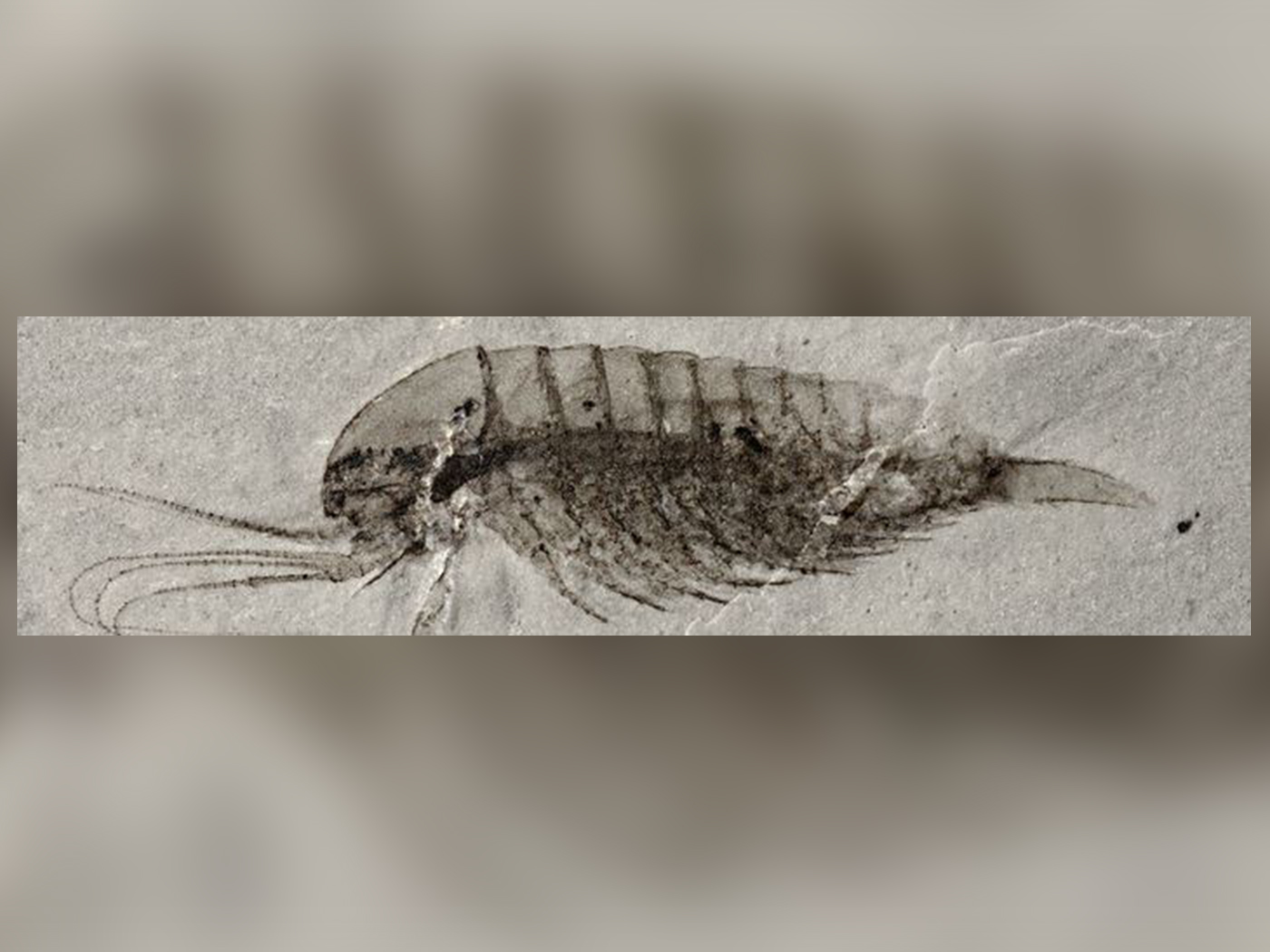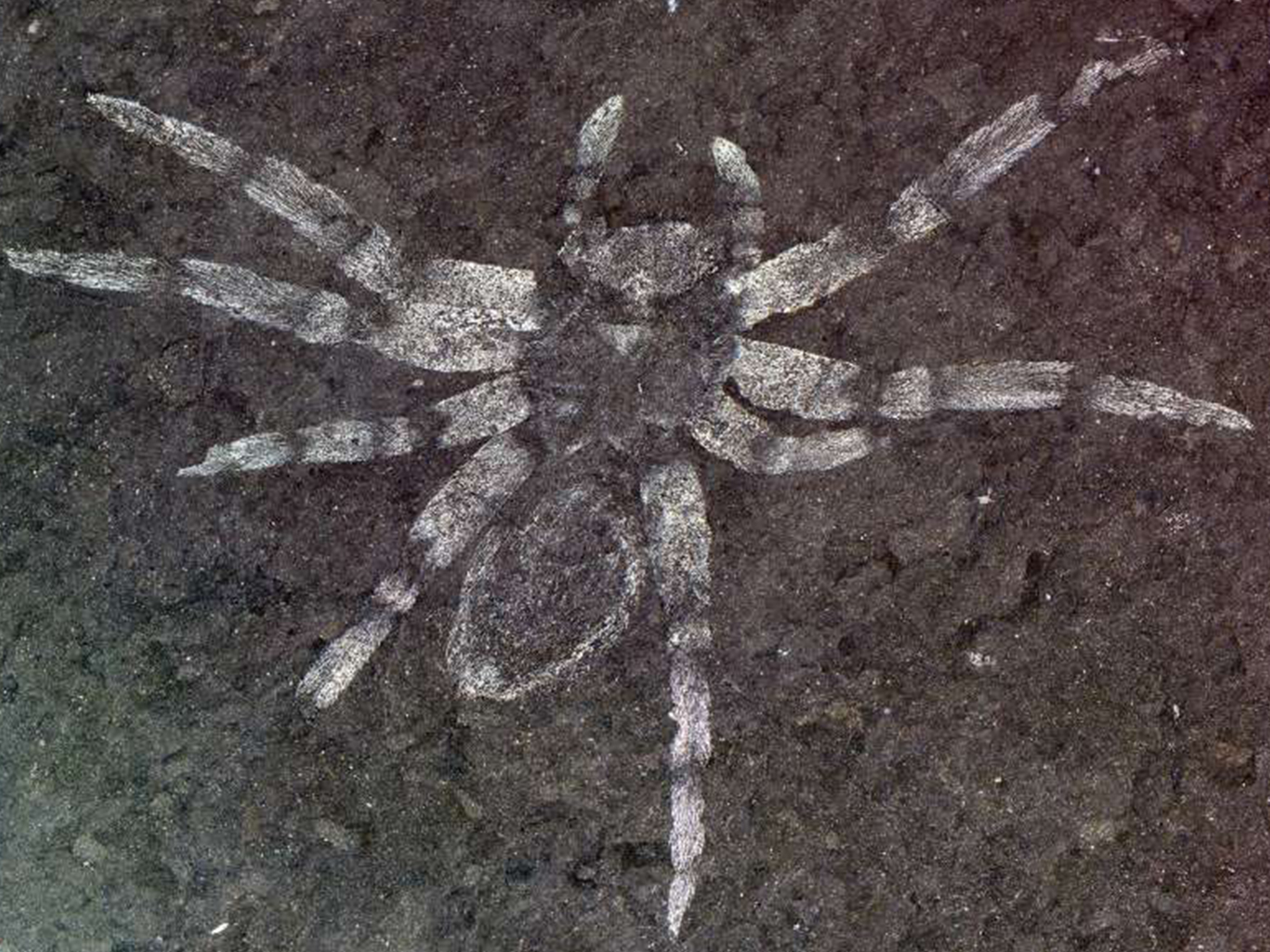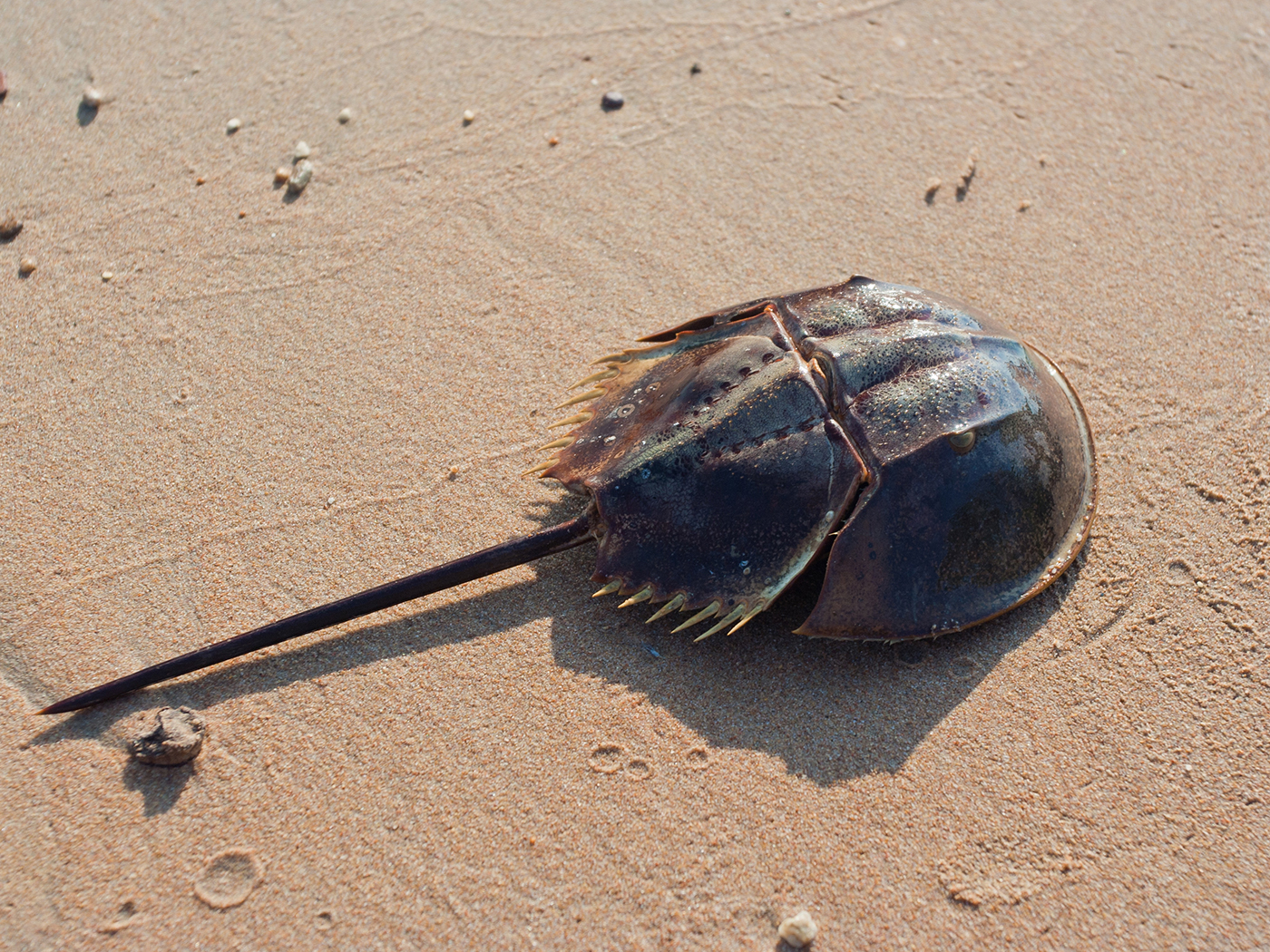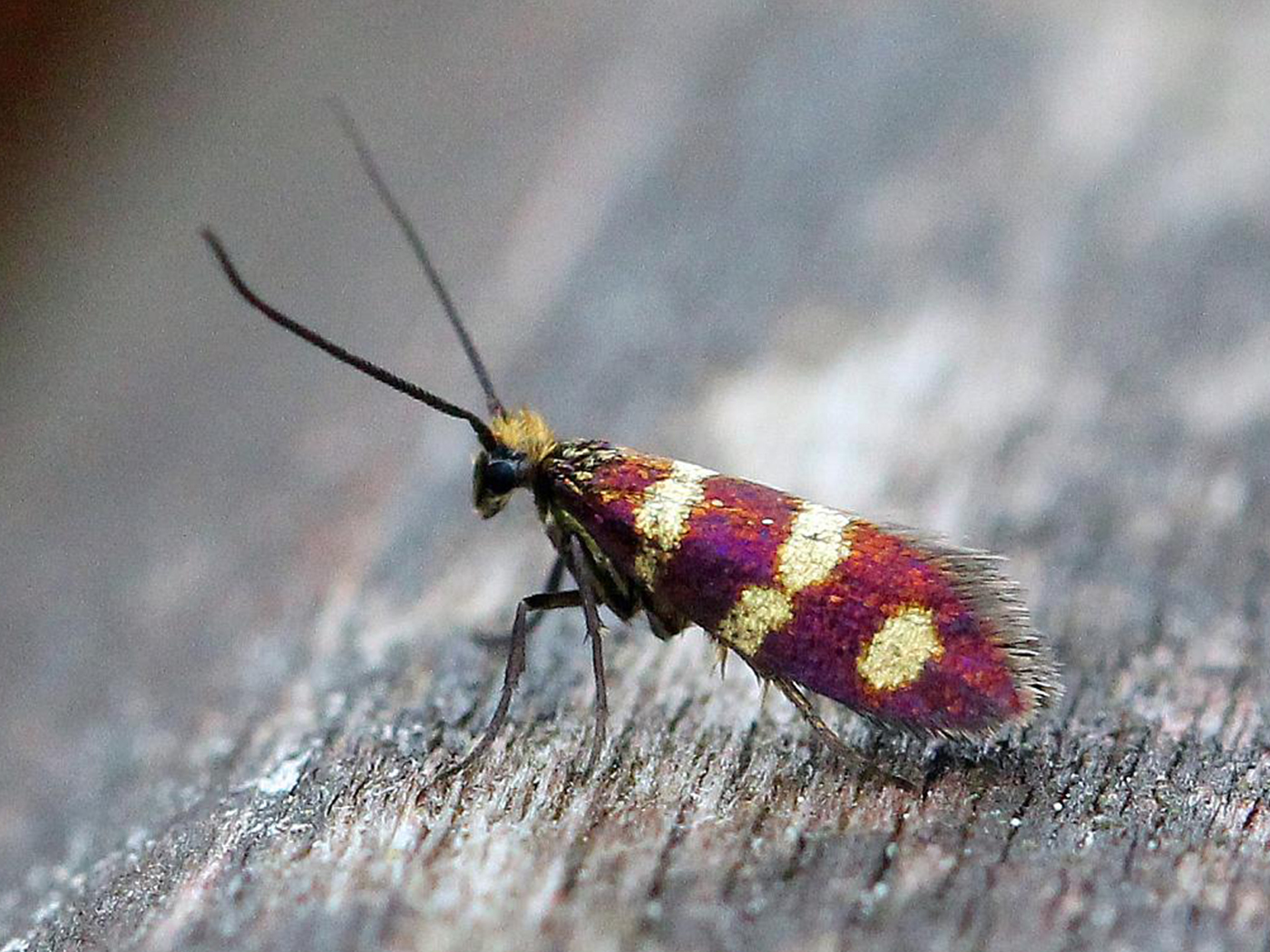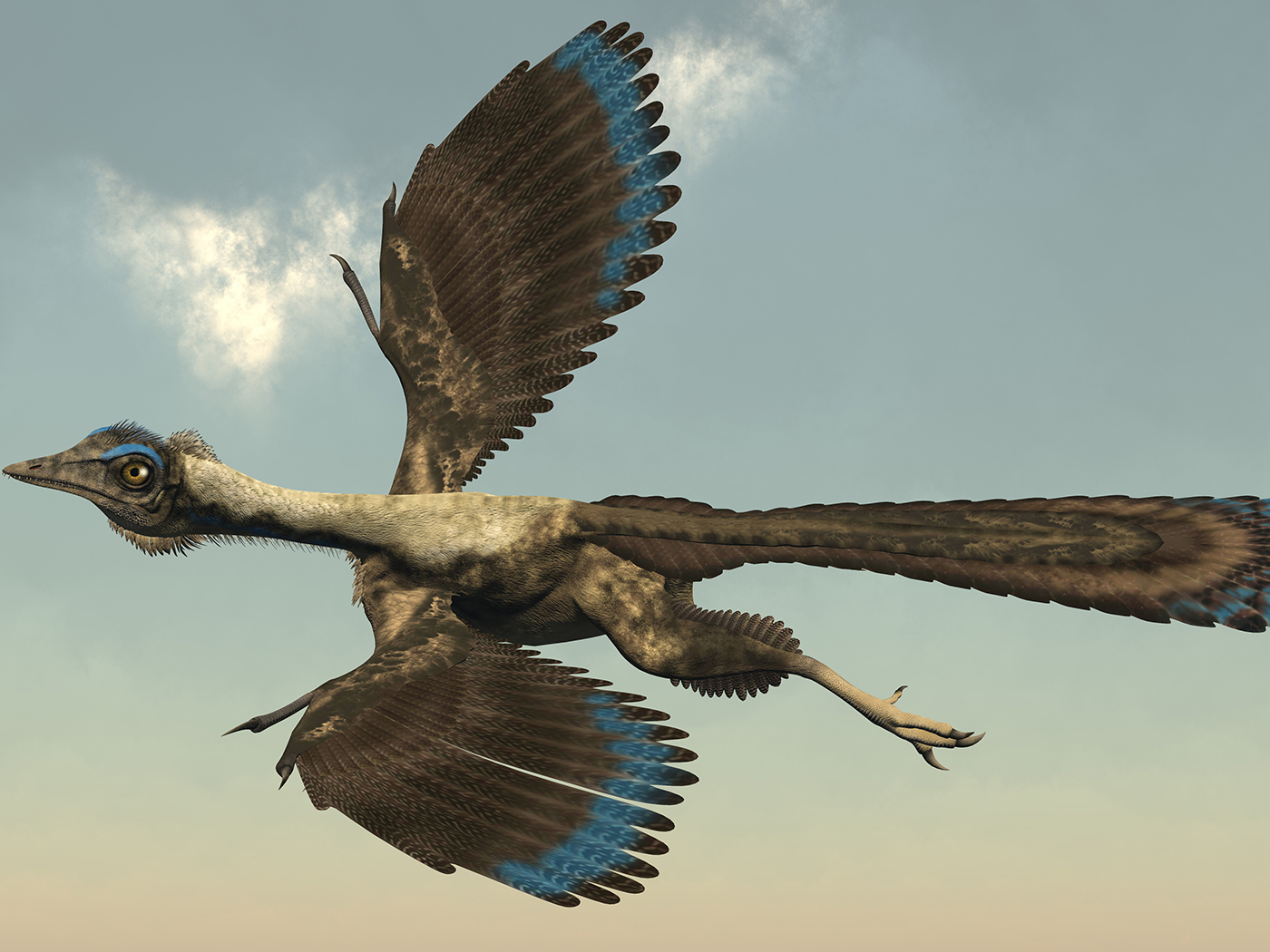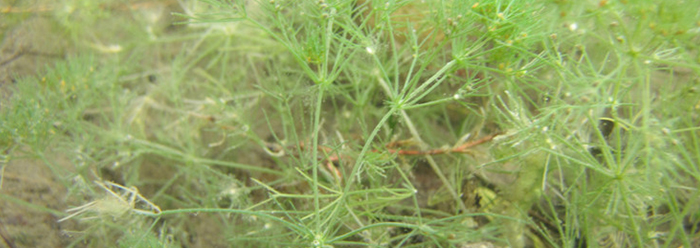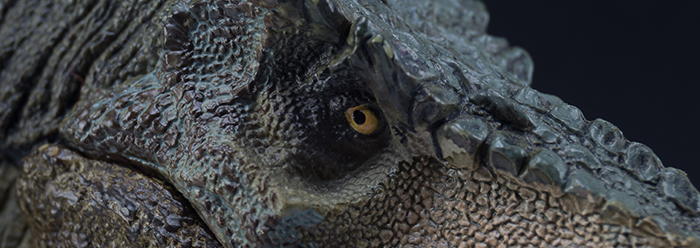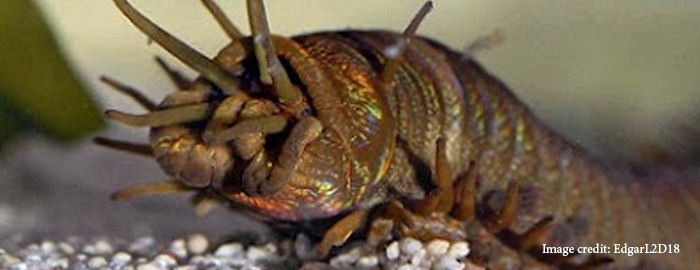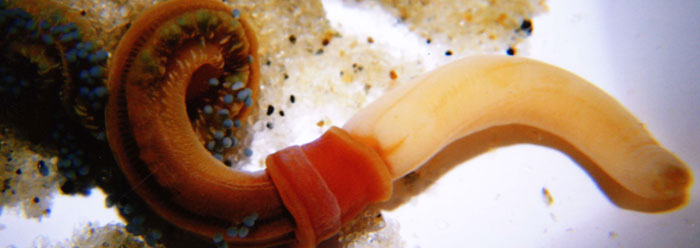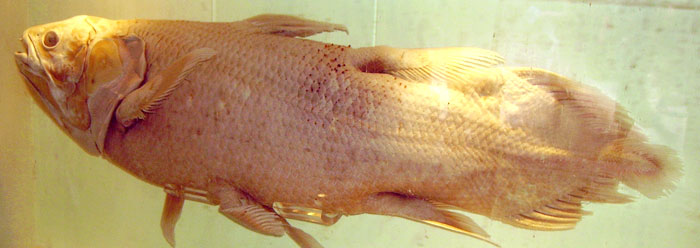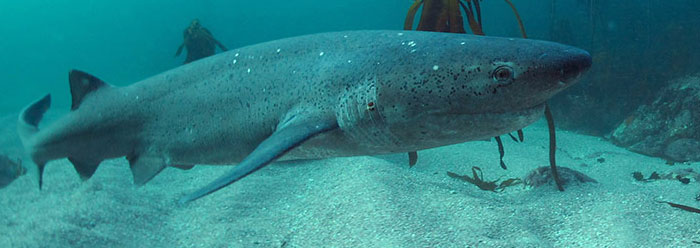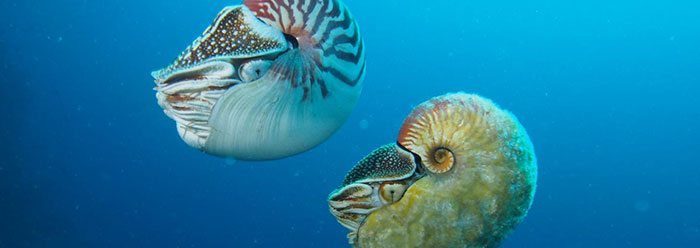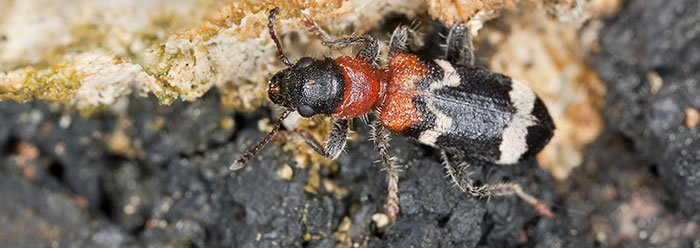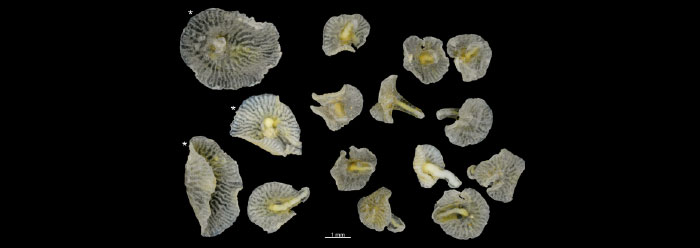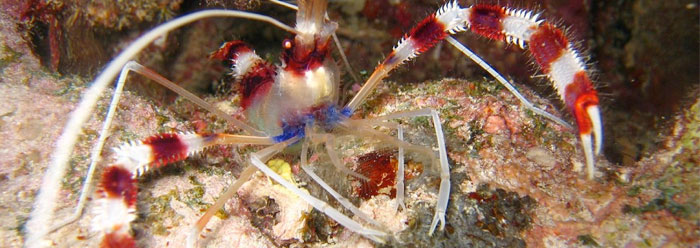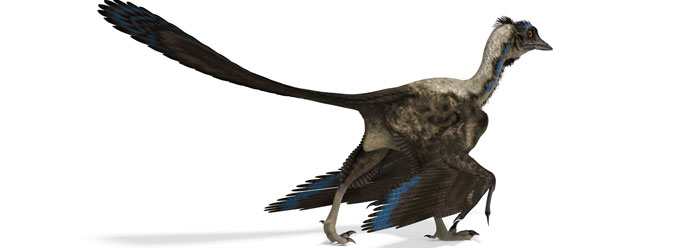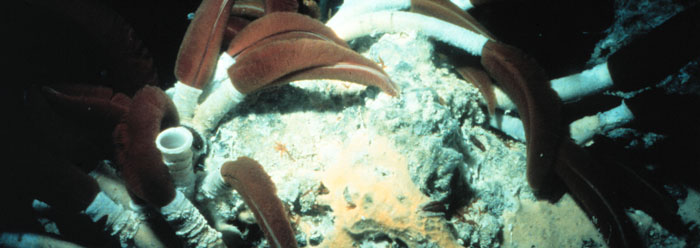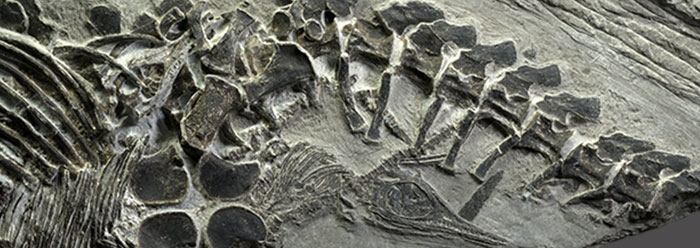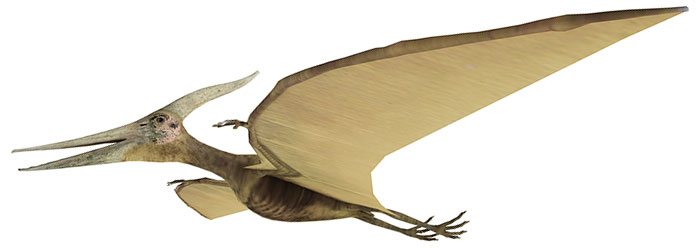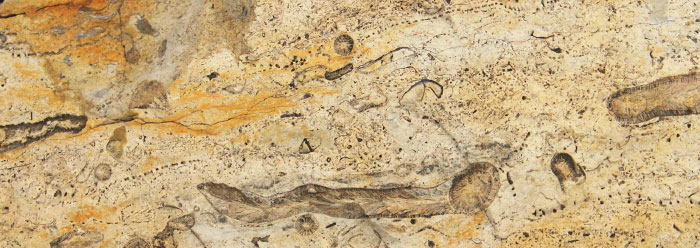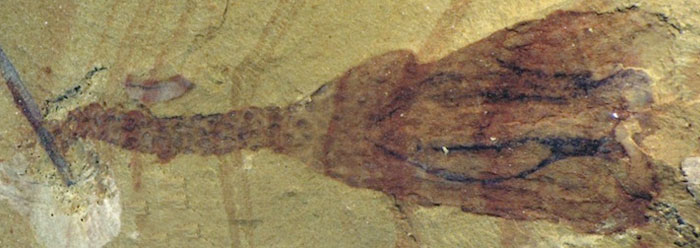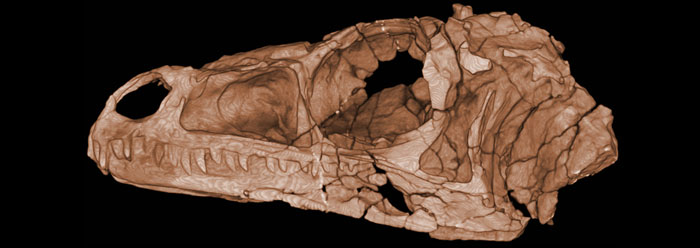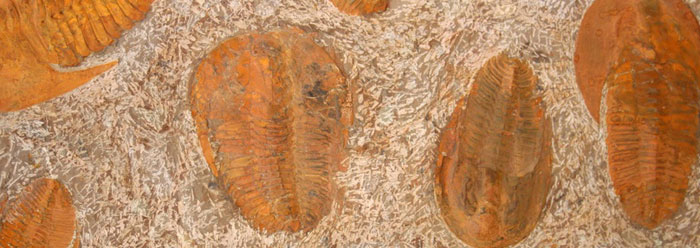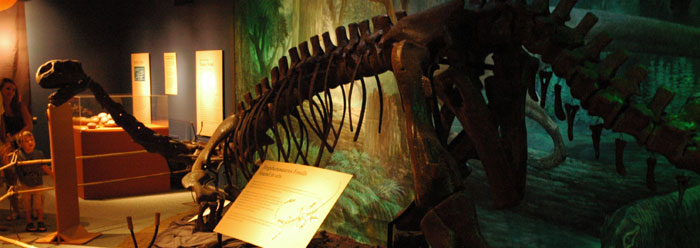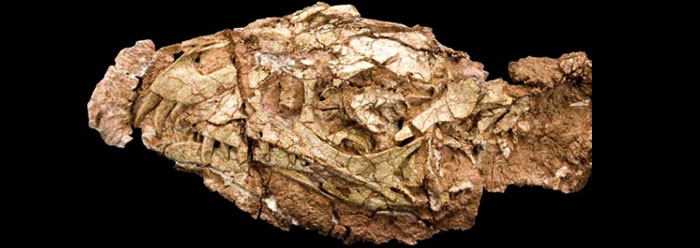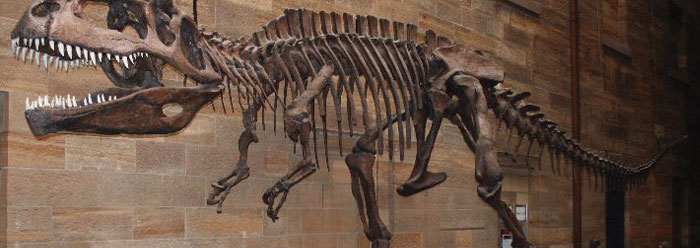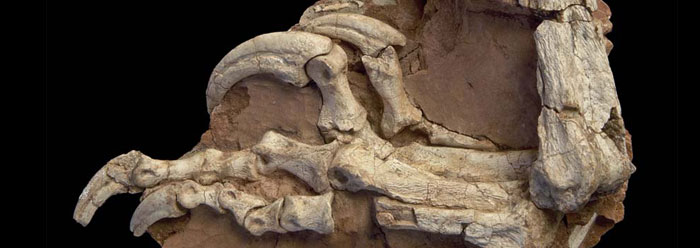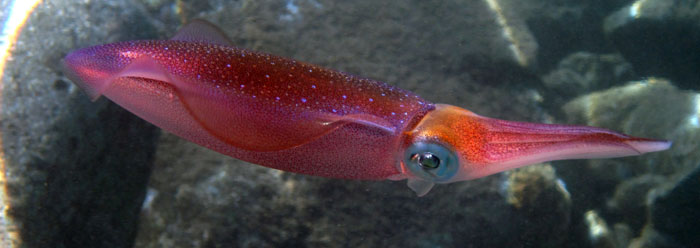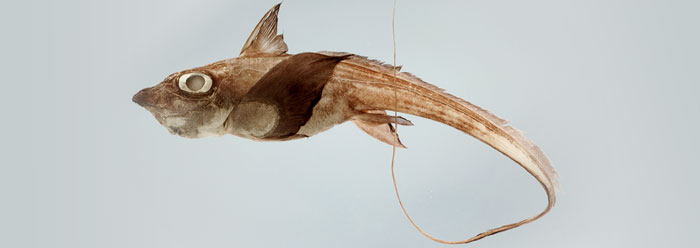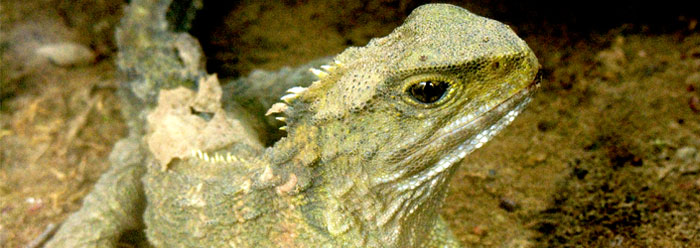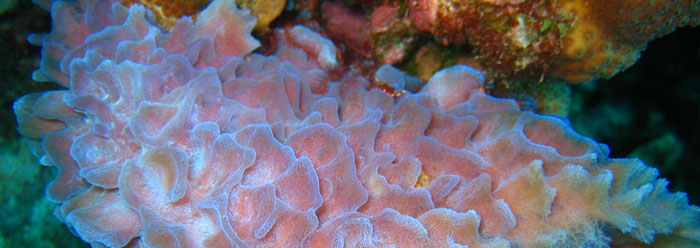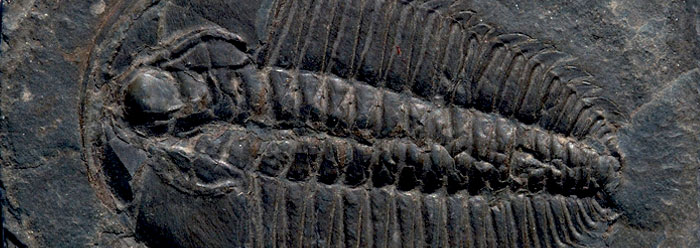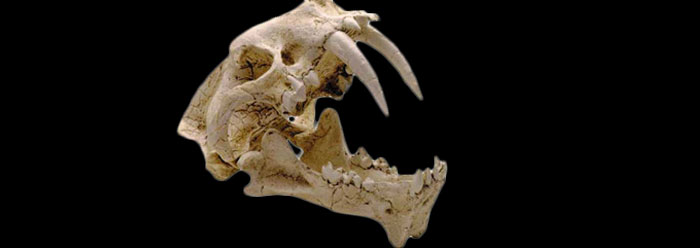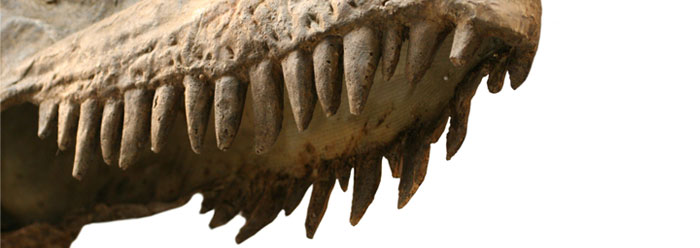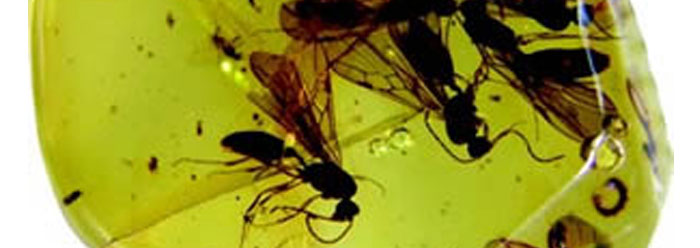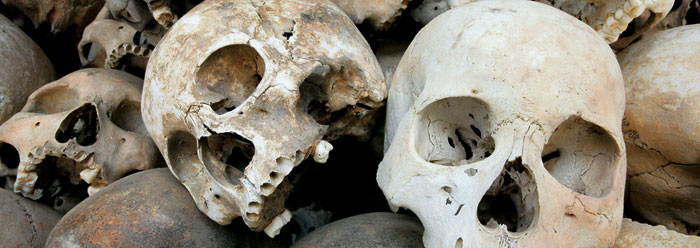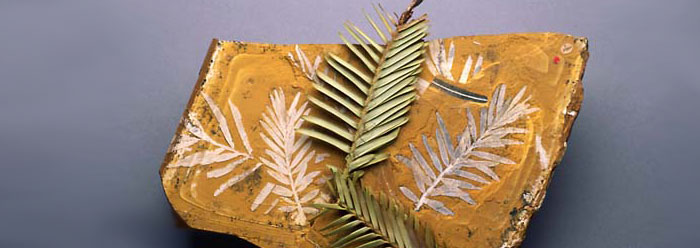
Fossils Show Stasis and No Transitional Forms
The fossil record reflects the original diversity of life, not an evolving tree of increasing complexity. There are many examples of "living fossils," where the species is alive today and found deep in the fossil record as well.
According to evolution models for the fossil record, there are three predictions:
1. wholesale change of organisms through time
2. primitive organisms gave rise to complex organisms
3. gradual derivation of new organisms produced transitional forms.
However, these predictions are not borne out by the data from the fossil record.
Trilobites, for instance, appear suddenly in the fossil record without any transitions. There are no fossils between simple single-cell organisms, such as bacteria, and complex invertebrates, such as trilobites.
Extinct trilobites had as much organized complexity as any of today’s invertebrates. In addition to trilobites, billions of other fossils have been found that suddenly appear, fully formed, such as clams, snails, sponges, and jellyfish. Over 300 different body plans are found without any fossil transitions between them and single-cell organisms.
Fish have no ancestors or transitional forms to show how invertebrates, with their skeletons on the outside, became vertebrates with their skeletons inside.
Fossils of a wide variety of flying and crawling insects appear without any transitions. Dragonflies, for example, appear suddenly in the fossil record. The highly complex systems that enable the dragonfly's aerodynamic abilities have no ancestors in the fossil record.
In the entire fossil record, there is not a single unequivocal transition form proving a causal relationship between any two species. From the billions of fossils we have discovered, there should be thousands of clear examples if they existed.
The lack of transitions between species in the fossil record is what would be expected if life was created.





